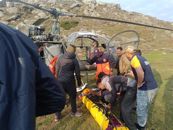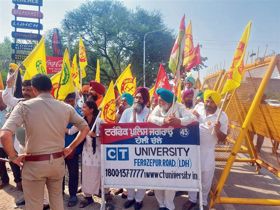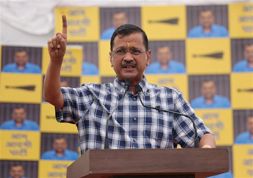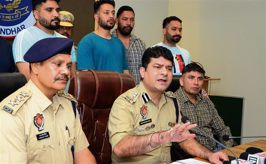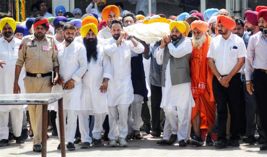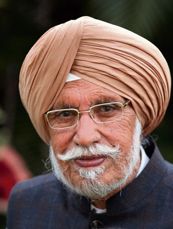Moon done for India, over to the sun now as Aditya L1 lifts off successfully
Sriharikota (AP), September 2
ISRO on Saturday launched the country's ambitious Solar mission, Aditya L1, eyeing history again after its successful lunar expedition, Chandrayan-3, a few days ago.
Also read: Apart from India’s Aditya-L1, 5 missions are currently observing the sun
As the 23.40-hour countdown concluded, the 44.4-metre-tall Polar Satellite Launch Vehicle (PSLV) soared majestically at the prefixed time of 11.50 am from this spaceport, located on the eastern coast about 135 km from Chennai.
It will be PSLV's "longest flight" for about 63 minutes.
According to ISRO, Aditya-L1 is the first space-based observatory to study the sun. The spacecraft, after travelling about 1.5 million km from the earth over 125 days, is expected to be placed in a Halo orbit around the Lagrangian point L1, which is considered closest to the sun.
Among others, it will send pictures of the sun for scientific experiments.
According to scientists, there are five Lagrangian points (or parking areas) between the earth and the sun where a small object tends to stay if put there. The Lagrange Points in space can be used by spacecraft to remain there with reduced fuel consumption.
At a Lagrange point, the gravitational pull of the two large bodies (the sun and the earth) equals the necessary centripetal force required for a small object to move with them.
After the lift-off at the Satish Dhawan Space Centre here, the scientists would be involved in placing the spacecraft at Low Earth Orbit initially, and later it will be more elliptical.
The spacecraft would be launched towards the Lagrange L1 point using on-board propulsion so that it exits the earth's gravitational Sphere of Influence and cruises towards the L1. Later, it would be injected into a large Halo Orbit around L1 point near the sun.
The total time from launch to reaching the L1 point would be about four months for the Aditya-L1 Mission, ISRO said.
Explaining the reasons to study the sun, ISRO said it emits radiation in nearly all wavelengths along with various energetic particles and magnetic fields.
The atmosphere of the earth as well as its magnetic field acts as a protective shield and blocks harmful wavelength radiations. In order to detect such radiation, solar studies are carried out from space.
The major objectives of the mission include understanding the Coronal Heating and Solar Wind Acceleration, the initiation of Coronal Mass Ejection (CME), near-earth space weather and the solar wind distribution.
The Aditya-L1 mission carries seven scientific payloads to carry out the study.
Join Whatsapp Channel of The Tribune for latest updates.










